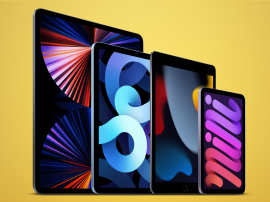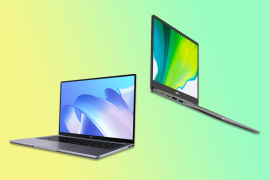Asus ROG Zephyrus G14 (2024) review: gaming goes OLED
Gaming laptops don't get much slicker or slimmer
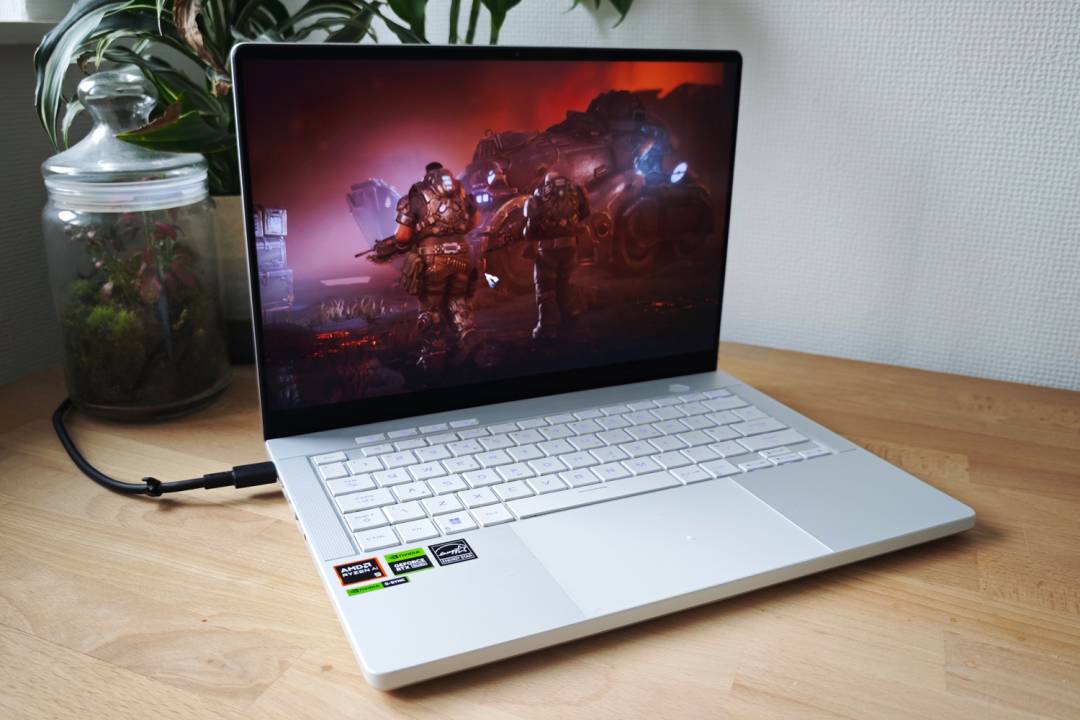
Stuff Verdict
Incredibly thin, impressively powerful, instantly lovable. The Asus ROG Zephyrus G14 (2024) is a simply fantastic gaming ultraportable.
Pros
- OLED display is a beauty
- Serious amount of power in a small chassis
- Great connectivity for an ultraportable
Cons
- It’ll cost ya
- GPU power limited compared to thicker rivals
Introduction
The Asus ROG Zephyrus G14 has long been one of my go-to gaming laptop recommendations. Through several generations, few rivals could match its blend of potent performance and portable dimensions. But for 2024, it could be the laptop I point everyone towards – not just gamers.
This 14in ultraportable keeps the dedicated GPU for smooth frame rates in the latest games, but now makes the switch from polycarbonate plastic to a metal unibody, with more grown-up styling that won’t look out of place in the office. It’s even slimmer than ever, and finally brings OLED display tech to the ROG lineup for the first time.
Tested here in near-top spec guise, it’ll set you back $2300/£2400 – pricey for sure, but less than Apple wants for an M3-powered MacBook Pro 14in with similar storage and RAM. Does that make this a genuine Windows-powered alternative, as well as a travel-friendly gaming powerhouse?
How we test laptops
Every laptop reviewed on Stuff is used as our main device throughout the testing process. We use industry standard benchmarks and tests, as well as our own years of experience, to judge general performance, battery life, display and sound quality. Manufacturers have no visibility on reviews before they appear online, and we never accept payment to feature products.
Find out more about how we test and rate products.
Design & build: honey I shrunk the lid
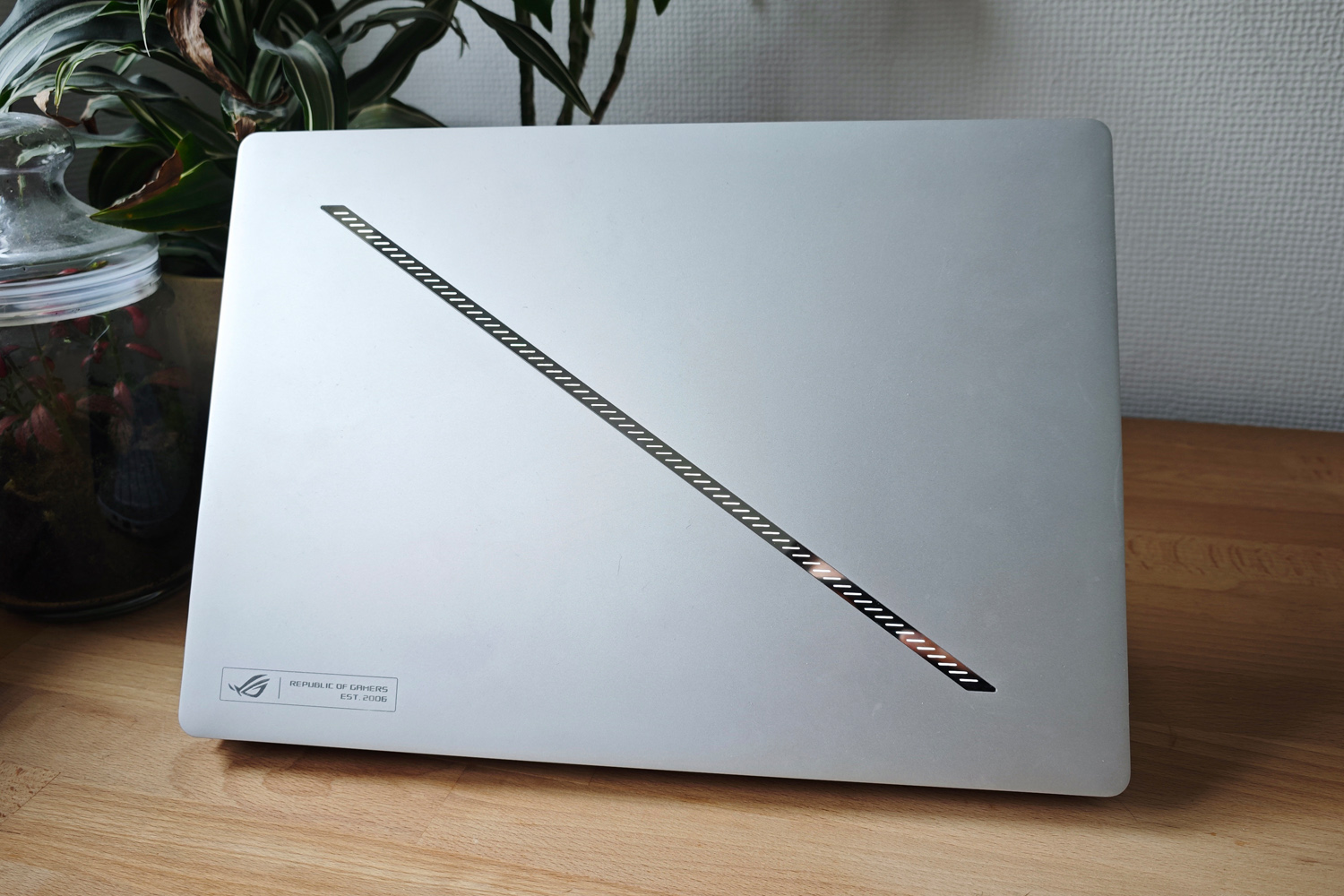
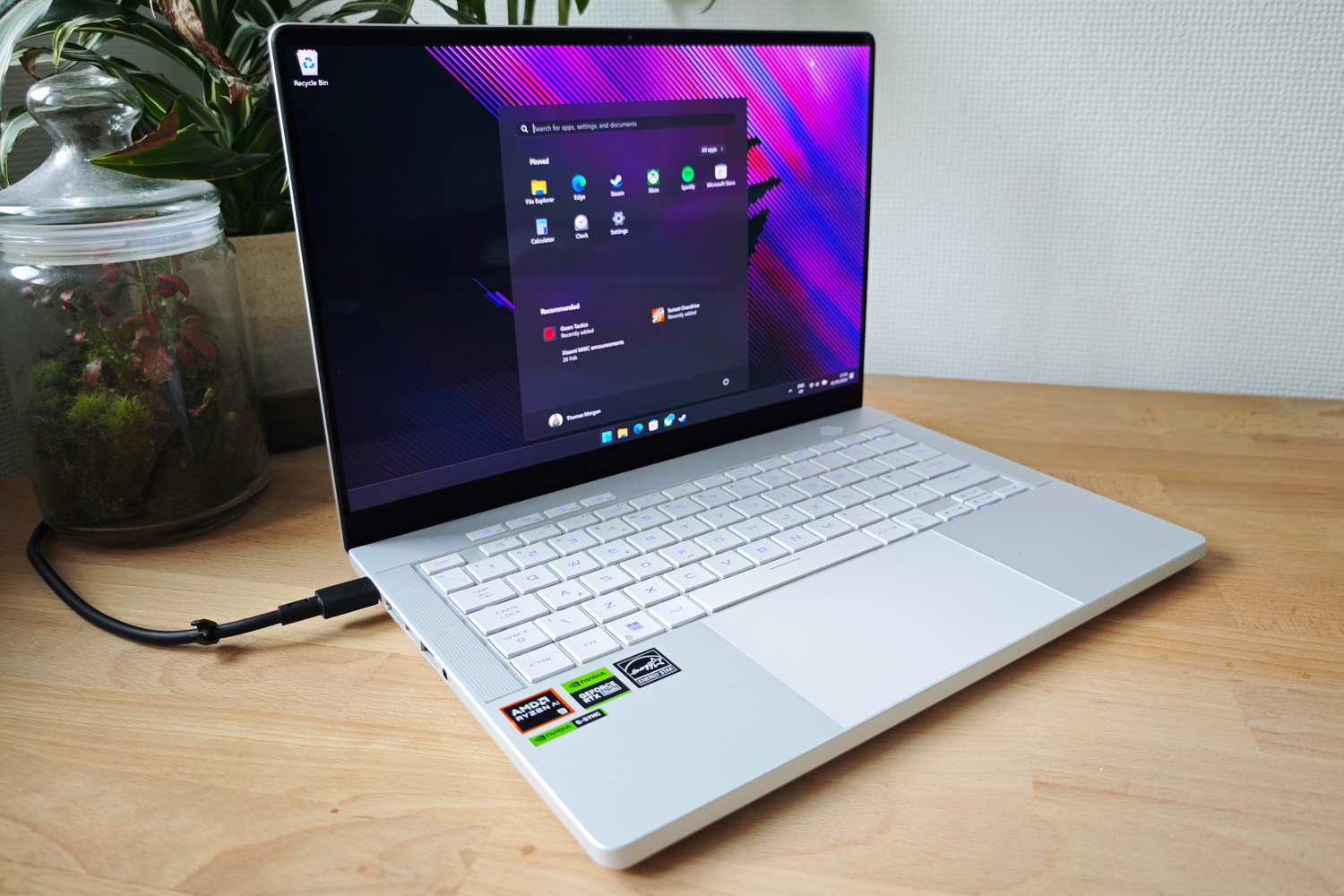
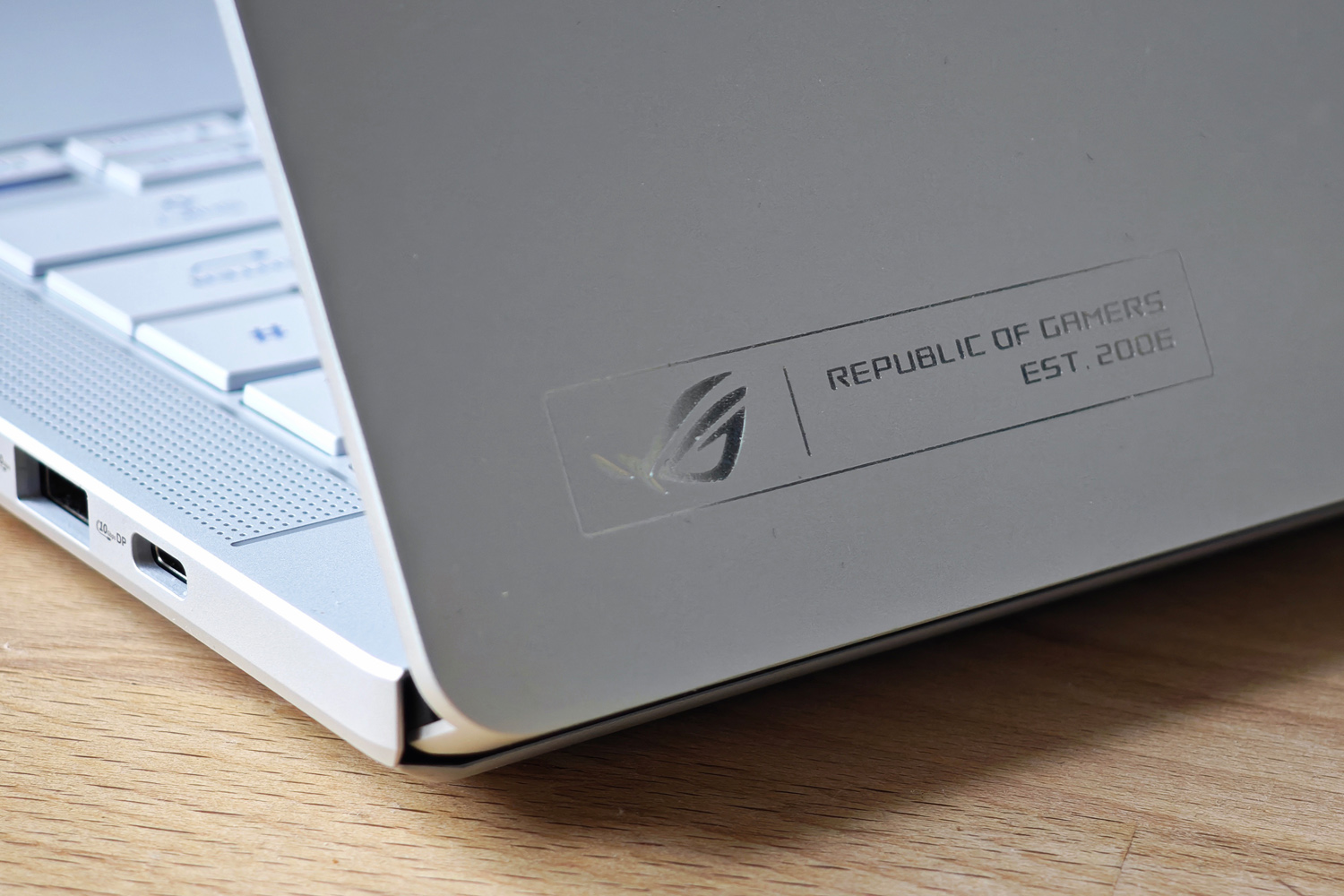
The Asus ROG Zephyrus G14 (2024) is a seriously svelte laptop. At just 14.9mm, almost half that of the previous G14 generation, and even thinner than a 14in MacBook Pro. That’s partly down to the move to a reassuringly tough CNC aluminium chassis, which also helps keep weight to a minimum and makes the whole thing feel gloriously high-end. At 1.5kg it’s heavier than many ultraportables, but carrying one around isn’t going to give you backache either.
My review unit came in Platinum White, but having tried the Eclipse Grey version at Asus’ launch event, I think that’s the one you should choose. It looks professional, even with the customisable LED ‘slash’ logo on the lid, and will (hopefully) be less susceptible to Cheeto dust fingerprints. The white model is quick to show dust and dirt.
Those illuminations are a lot more subtle than the AniMe matrix display seen on last year’s model. There’s a bunch of animations to choose from through Asus’ Armory Crate software, and I liked that they can be automatically disabled when on battery power.
There’s a healthy selection of ports for such a skinny machine, with twin USB-Cs, two USB-As, an HDMI 2.1 display out and a 3.5mm headphone port. The only concession is the microSD card reader; the larger Zephyrus G16 gets a full-size SD card reader instead.
You don’t have to give up a USB port for charging, either; Asus has a new, reversible power jack, which is more efficient and produces less heat than USB-C does at the wattages needed to keep Nvidia’s latest mobile GPUs running at their best. Expect to see it on plenty more Asus models from now on. The power brick itself is especially thin and light for a gaming laptop, too.
Screen & sound: how refreshing
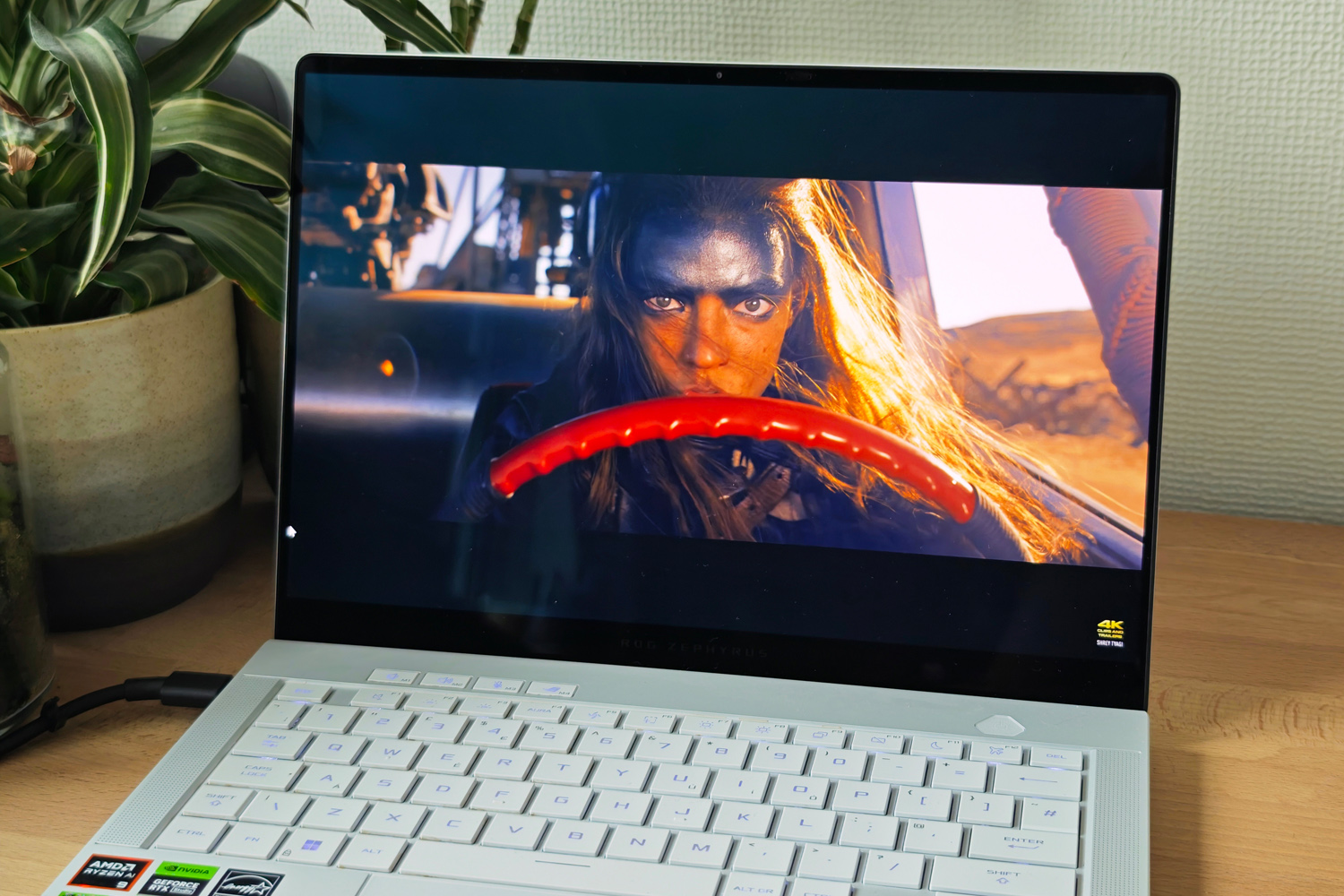
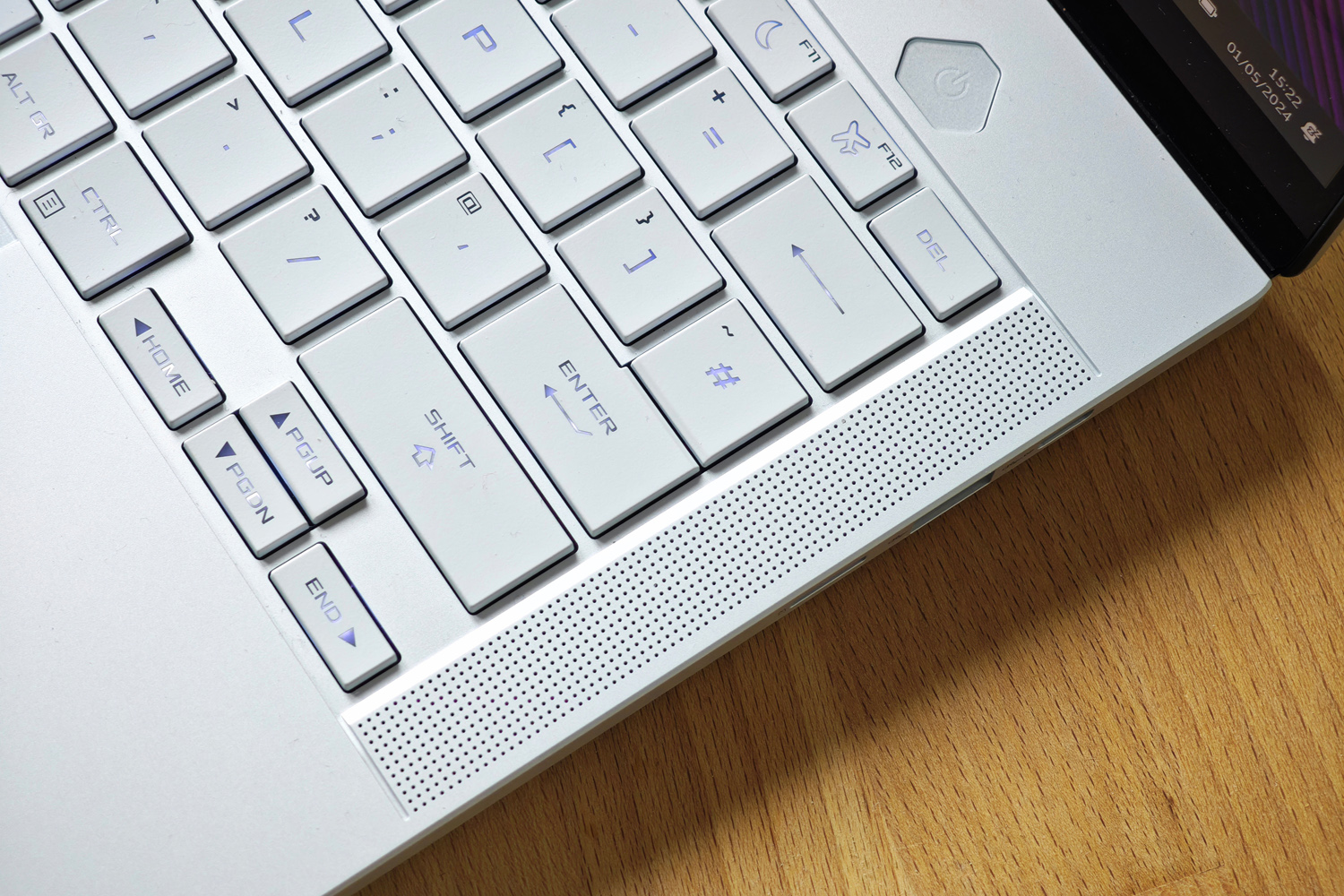
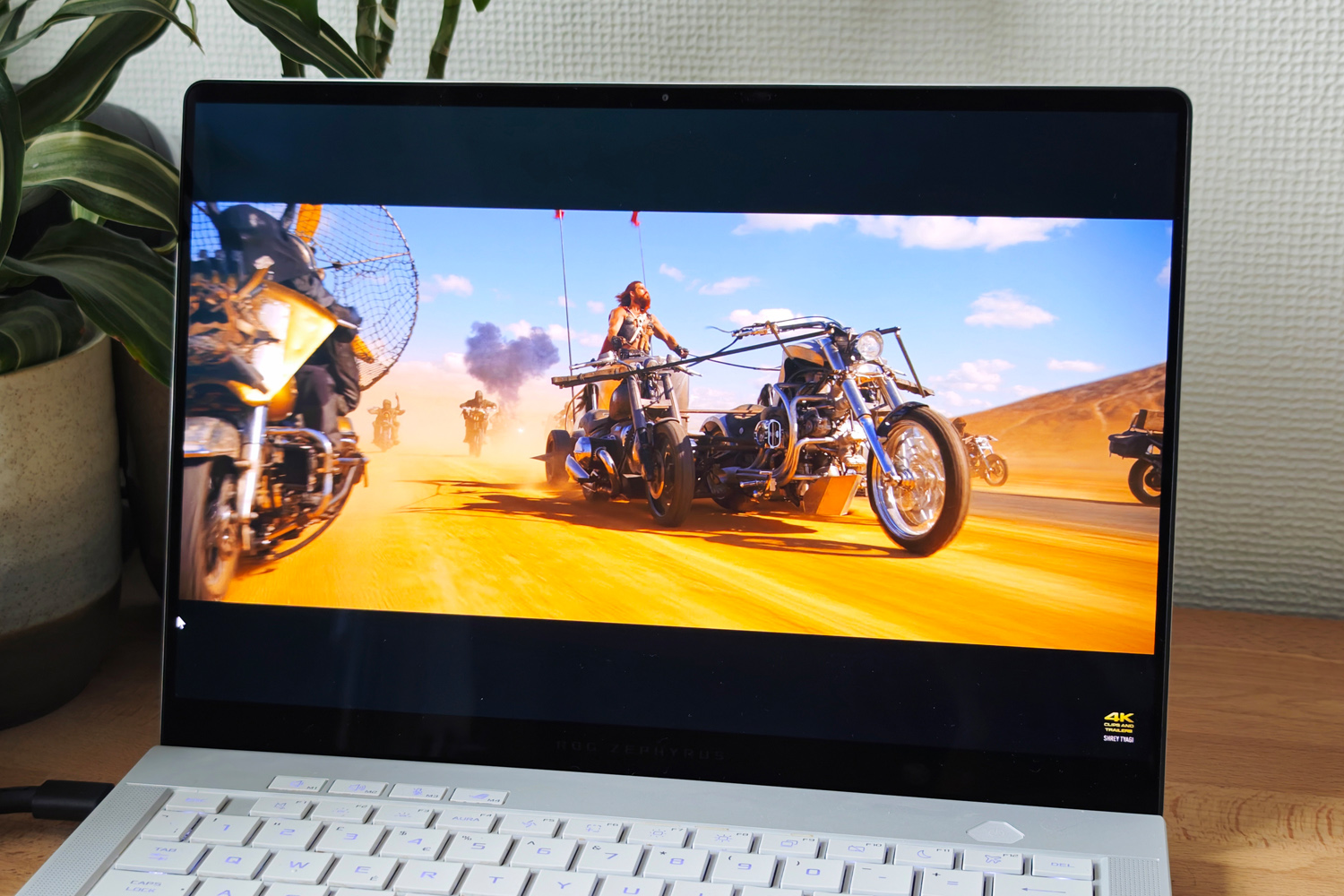
Asus has been churning out fantastic OLED displays on its consumer laptops for years, but the ROG gaming line never got in on the action. The panels just weren’t compatible with Nvidia’s Optimus graphics switching, and couldn’t handle G-sync adaptive refresh rates demanded by gamers. Until now, that is.
The Zephyrus G14’s 2880×1800 resolution screen is an absolute stunner, with a practically infinite contrast ratio putting even the best micro-LED panels to shame in terms of deep blacks and bright highlights. Side-by-side with a Razer Blade 16, the lack of light bloom or halo effect in dark scenes was instantly noticeable.
Colour is simply excellent, with full DCI-P3 and sRGB coverage that makes this an ideal machine for professional graphics work in between gaming sessions. Viewing angles are just peachy, the bezels are stick-thin, and response times are outstanding too. It does fall behind miniLED screens for peak brightness, with HDR content peaking at 500 nits, but it was perfectly bright enough for daytime use unless I was sat in direct sunlight. At night, I still needed to dial back the intensity when gaming in the dark.
Unlike the larger G16, which gets a 240Hz refresh rate, the G14 maxes out at 120Hz. That’s lower than many gaming laptops, and might put off serious esports pros who insist higher numbers make them perform better, but the OLED tech ensures motion is wonderfully fluid. Nvidia G-sync then steps in whenever the GPU can’t quite keep up, making for gameplay that’s never anything but blissfully smooth. This is now the screen other small gaming laptops have to beat.
The G14 doesn’t disappoint on the audio front, either. There are six speakers – four woofers and two tweeters – that are louder and more powerful than the previous generation. Volume and dynamics rival the very best small laptops, including the mighty MacBook Pro. Gamers are still going to want to stick to headphones for distraction-free play and better positional audio, but they’re ideal for streaming video and music.
Keyboard & touchpad: bigger is better
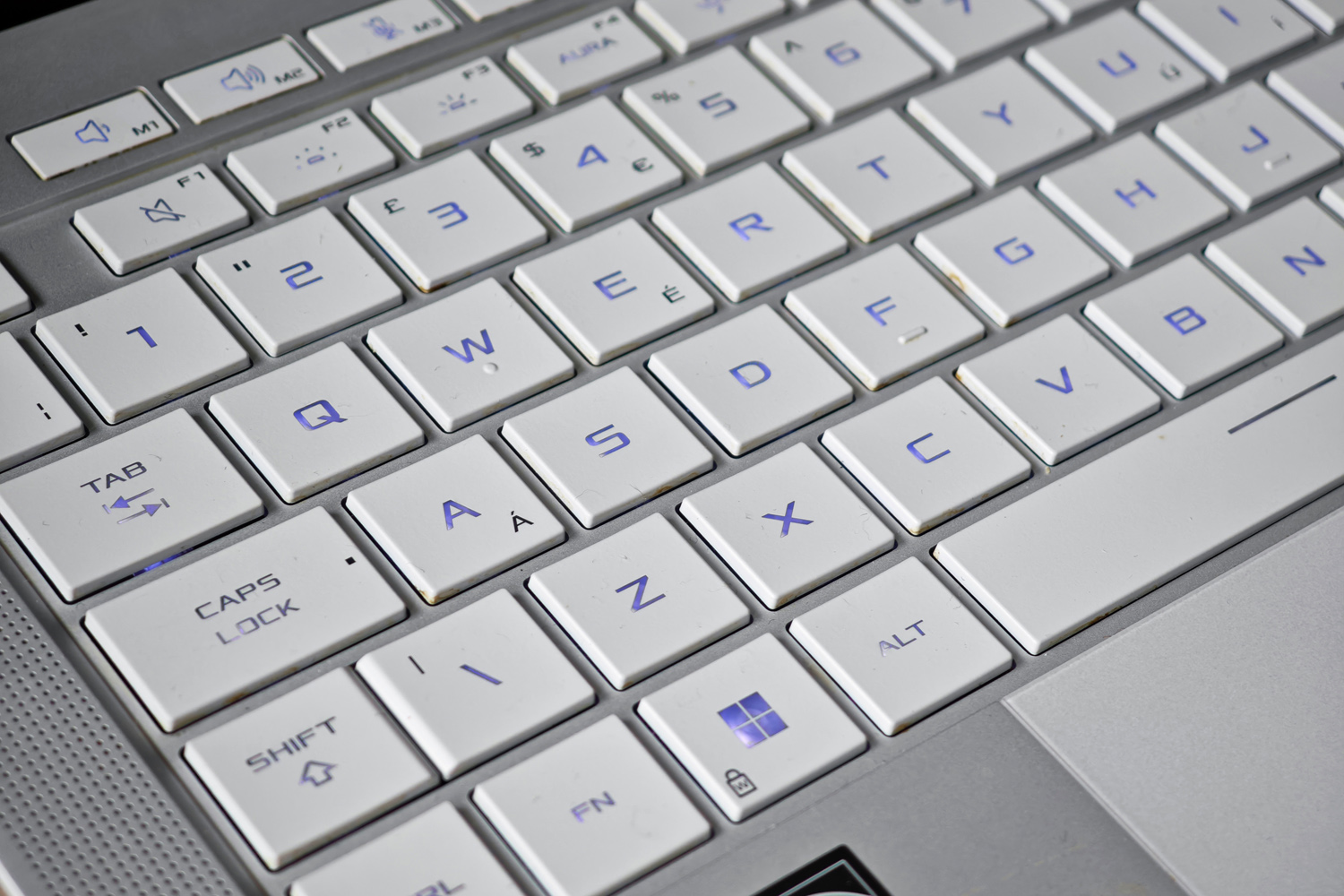
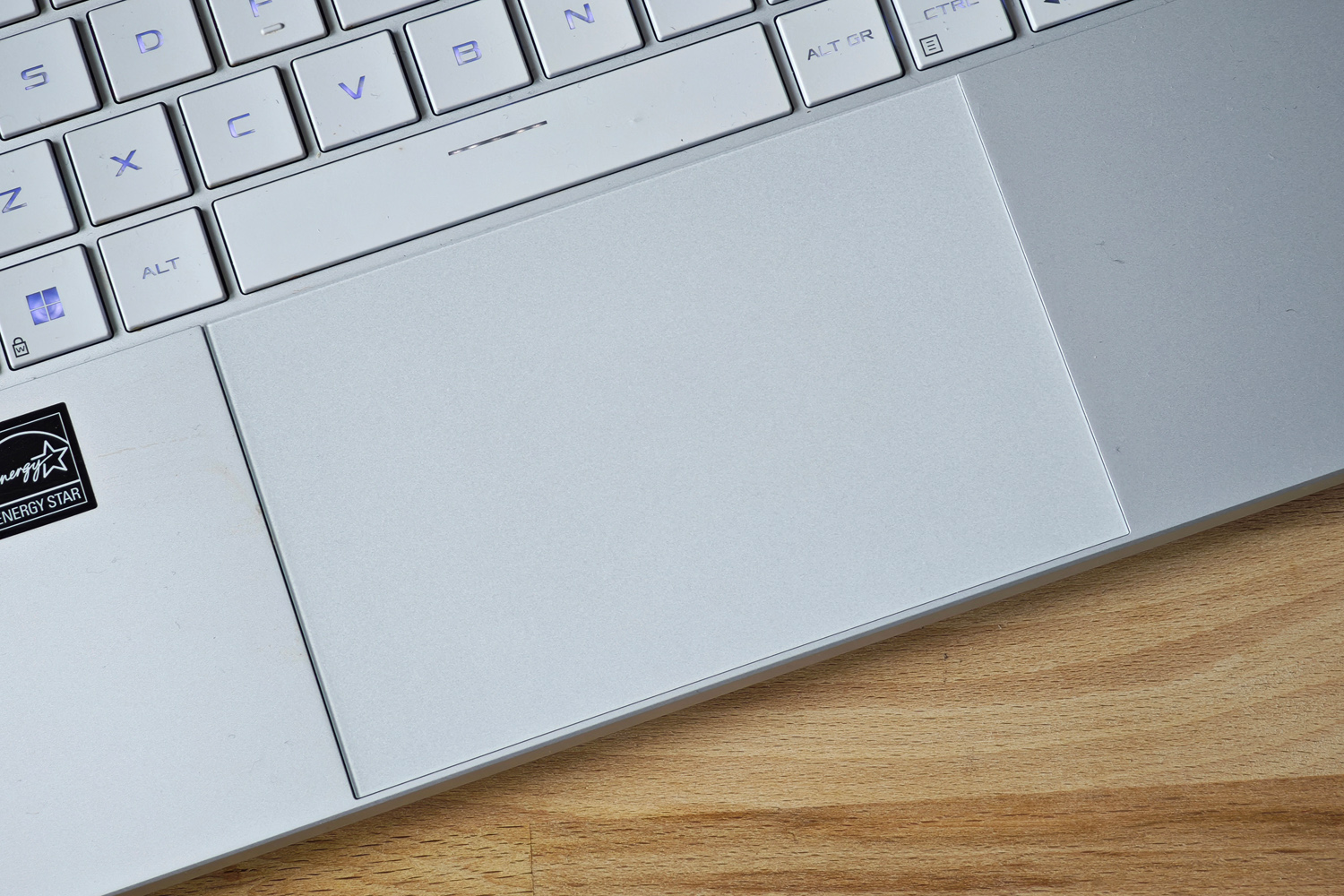
I’m not surprised Asus avoided squeezing a numerical keypad into the Zephyrus G14; this laptop is aimed at gamers rather than office workers, after all. Much better to save the space and flank the QWERTY ‘board with a pair of speaker grilles instead. The key caps themselves have grown by 12% compared to last year, which made typing very comfortable indeed – and made it easier to find the WASD keys mid-multiplayer match.
It’s impressive Asus has managed to match the amount of key travel to last year’s effort, given how thin the chassis is now. Each one had a satisfyingly crisp feel, and I was quickly up to my usual typing speed after very little time with the laptop. A few convenient shortcut keys sit above the function keys, which can be customised through Asus’ software.
Naturally the whole thing is backlit; LEDs fully illuminate each key, with the minimum of light bleed around the edges, but the white light/white key cap combo isn’t the greatest for legibility during the day. Officially there’s single-zone RGB control here, but I had issues getting Armory Crate to let me pick a colour other than the default white. The laptops on display at Asus’ pre-launch event definitely had RGB, so it may be country-dependent. I’m waiting for the firm to clarify.
The touchpad has grown by a considerable 27% compared to the old model, and uses a 16:10 aspect ratio to match the display. It felt smooth enough during my testing for friction-free cursor movement, and recognised all the typical Windows multi-touch gestures. One of the function keys lets you disable it when you’re gaming with a mouse, too.
Performance & battery life: pocketable power
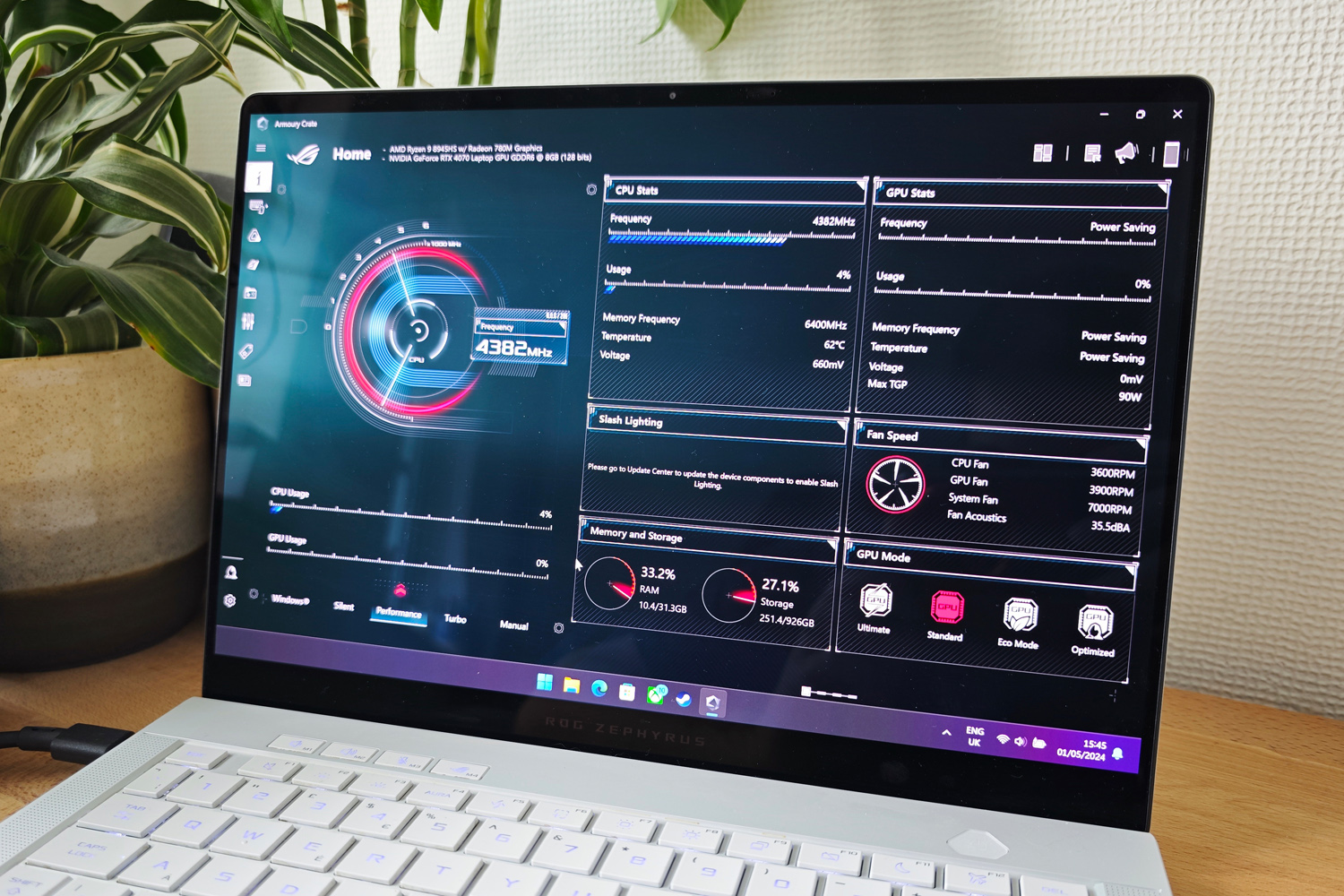
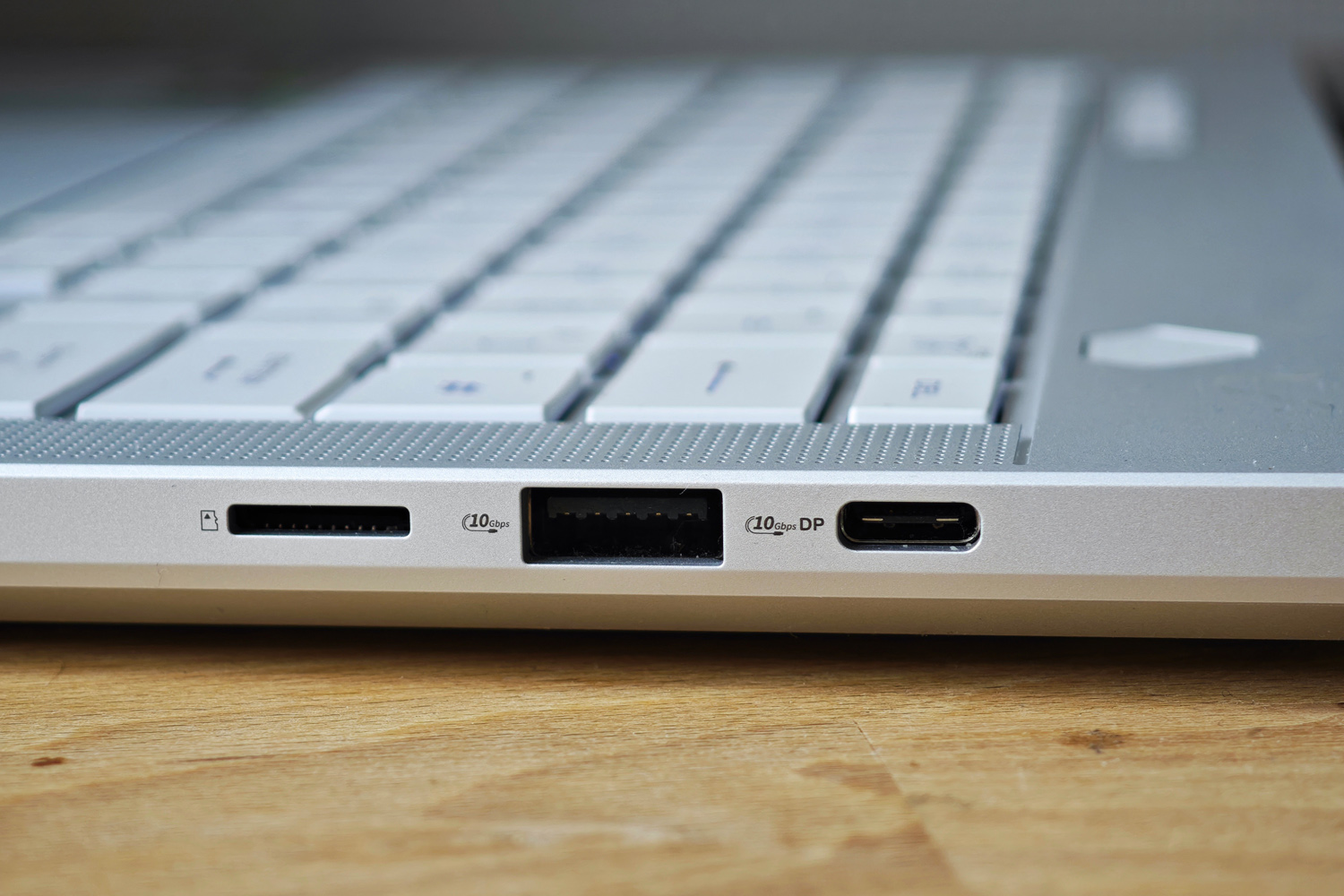
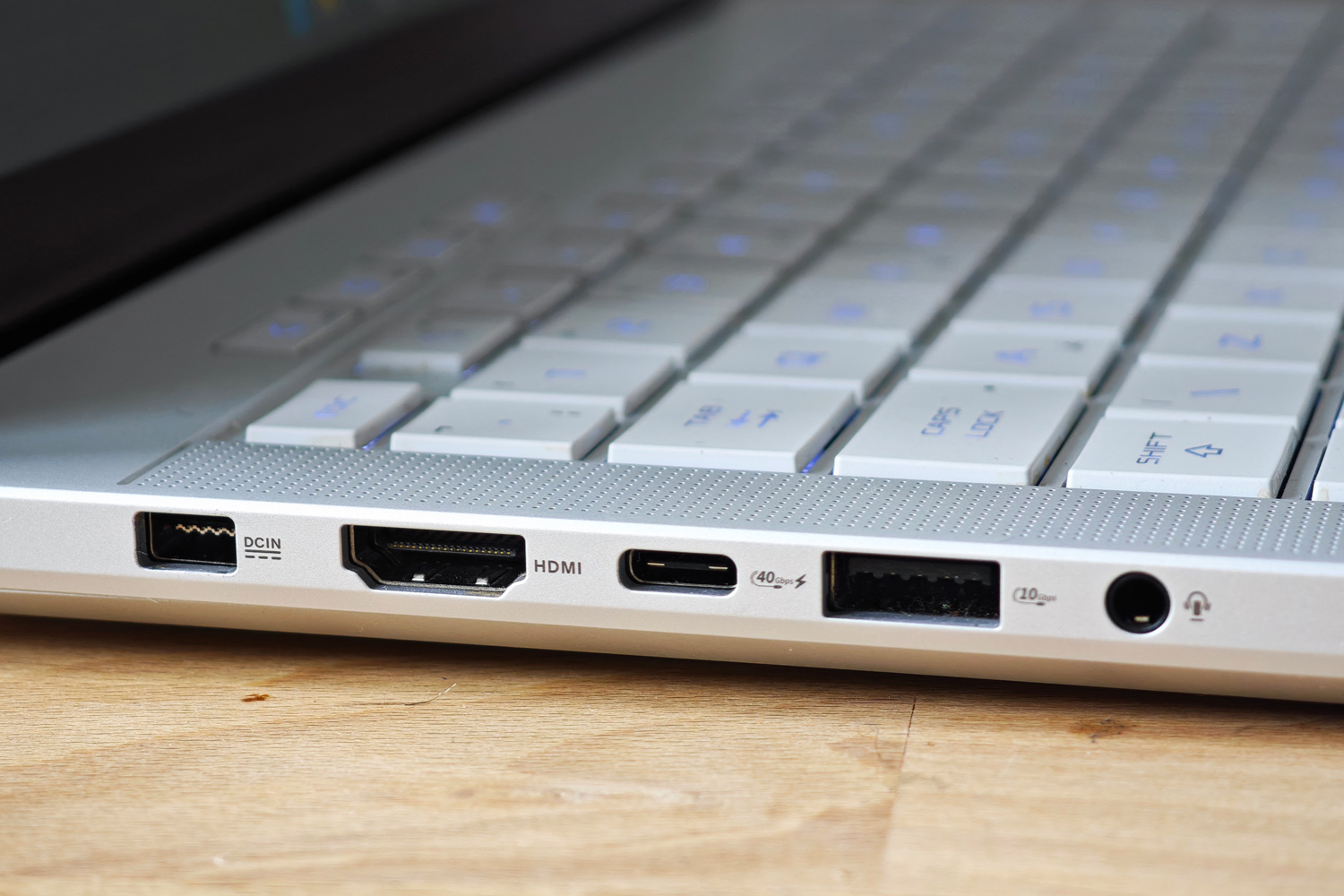
This year’s Asus ROG Zephyrus G14 remains AMD-powered, only now there’s a Ryzen 8945HS CPU at its heart. That means 8 cores and 16 threads, with a 5-10% performance hike over the previous generation while also being more power efficient. Depending on the spec it’ll come paired with up to 32GB of RAM and as much as 1TB of NVMe storage – that’s what my fully-loaded model came with.
On the graphics front, you can pick up a Zephyrus G14 with either an Nvidia GeForce RTX 4050, 4060 or 4070. The latter is no mean feat, given the laptop’s diminutive dimensions. My unit had the RTX 4070, with 8GB of dedicated video memory, though not all configurations will be available in every country.
A three-fan cooling system and liquid metal thermal paste was needed to tame the powerful hardware, which sees the CPU power capped at a 65W TDP in the Performance power profile. A Turbo mode can then notch that up to 80W, if you don’t mind the fans spinning up to compensate, although the gains aren’t so big I felt the need to use it very often. Just keep in mind this is a big dip from the 125W maximum seen on the older model.
Even in the standard profile 2D performance is, unsurprisingly, rapid. A score of over 17,000 in Cinebench R23 bests an 11-core M3 Pro MacBook Pro, and is very close to Intel’s Core Ultra 9 mobile silicon. Geekbench sees the MacBook inch ahead, and larger laptops with beefier cooling take the lead with prolonged testing. Expect to reach thermal limits when pushing this machine hard, say with detailed 3D rendering work. But in every other respect, you’re giving up nothing on performance compared to other ultraportables.
With a 90W maximum TDP, the RTX 4070 GPU has less power leeway inside the G14 than it would from other, larger gaming laptops – but that’s the trade-off for such an easily transportable device. It’s not like the performance gap is huge, either, with consistently high frame rates across all the games I tried. At the native 1800p resolution, new titles have to rely on Nvidia’s DLSS upscaling – especially once ray tracing comes into play – but dipping down to Full HD (which still looks superb at 14in) makes a big difference.
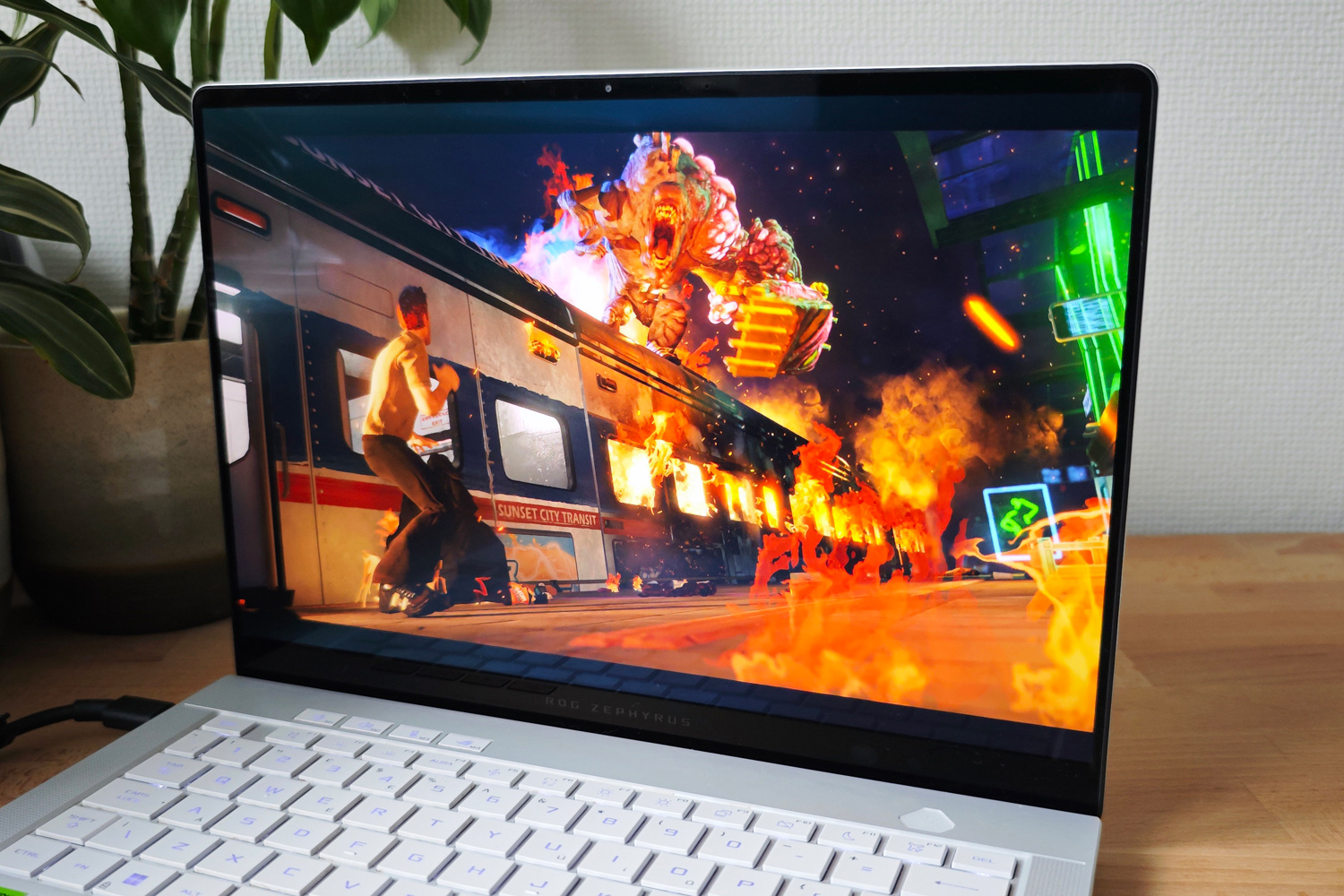
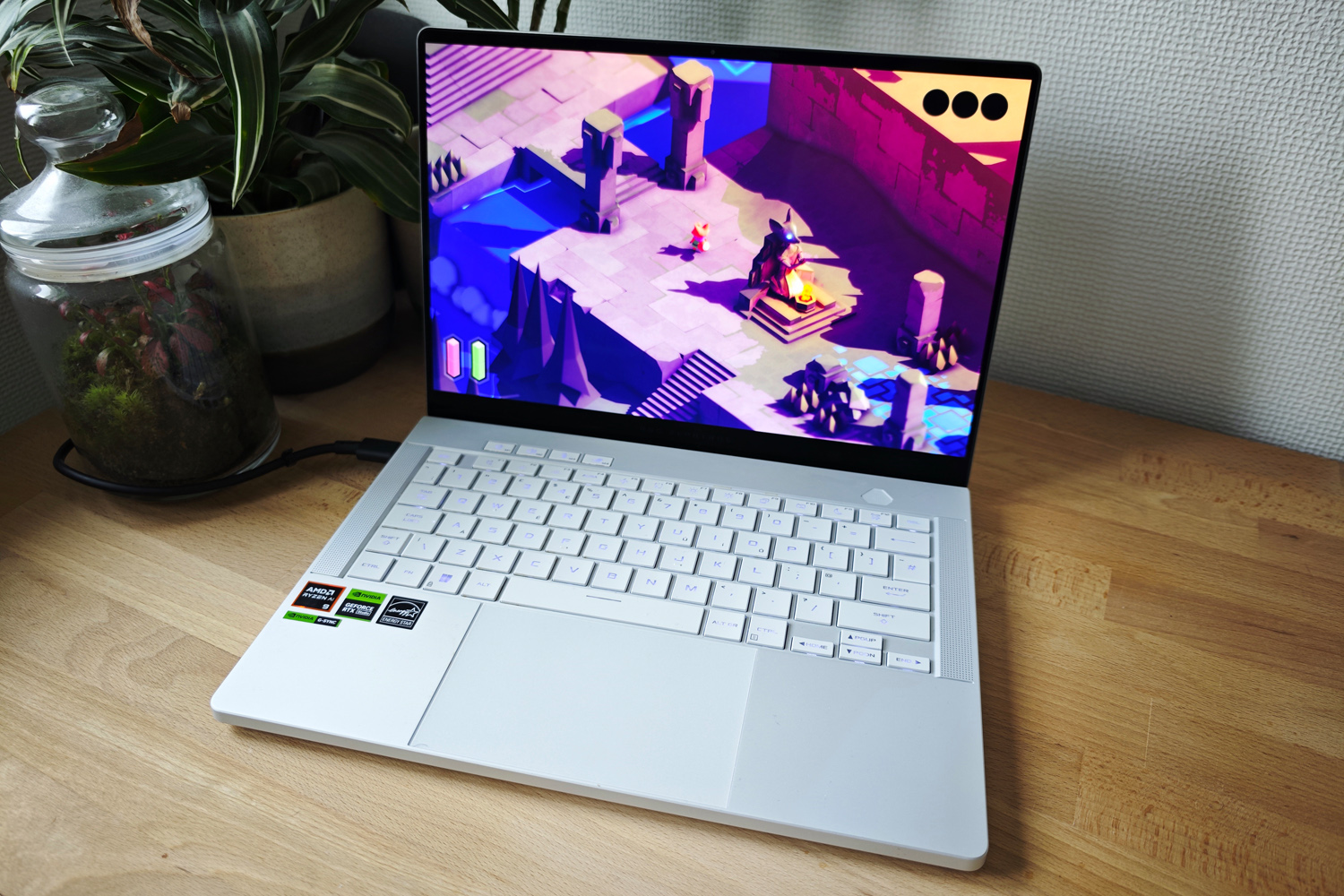
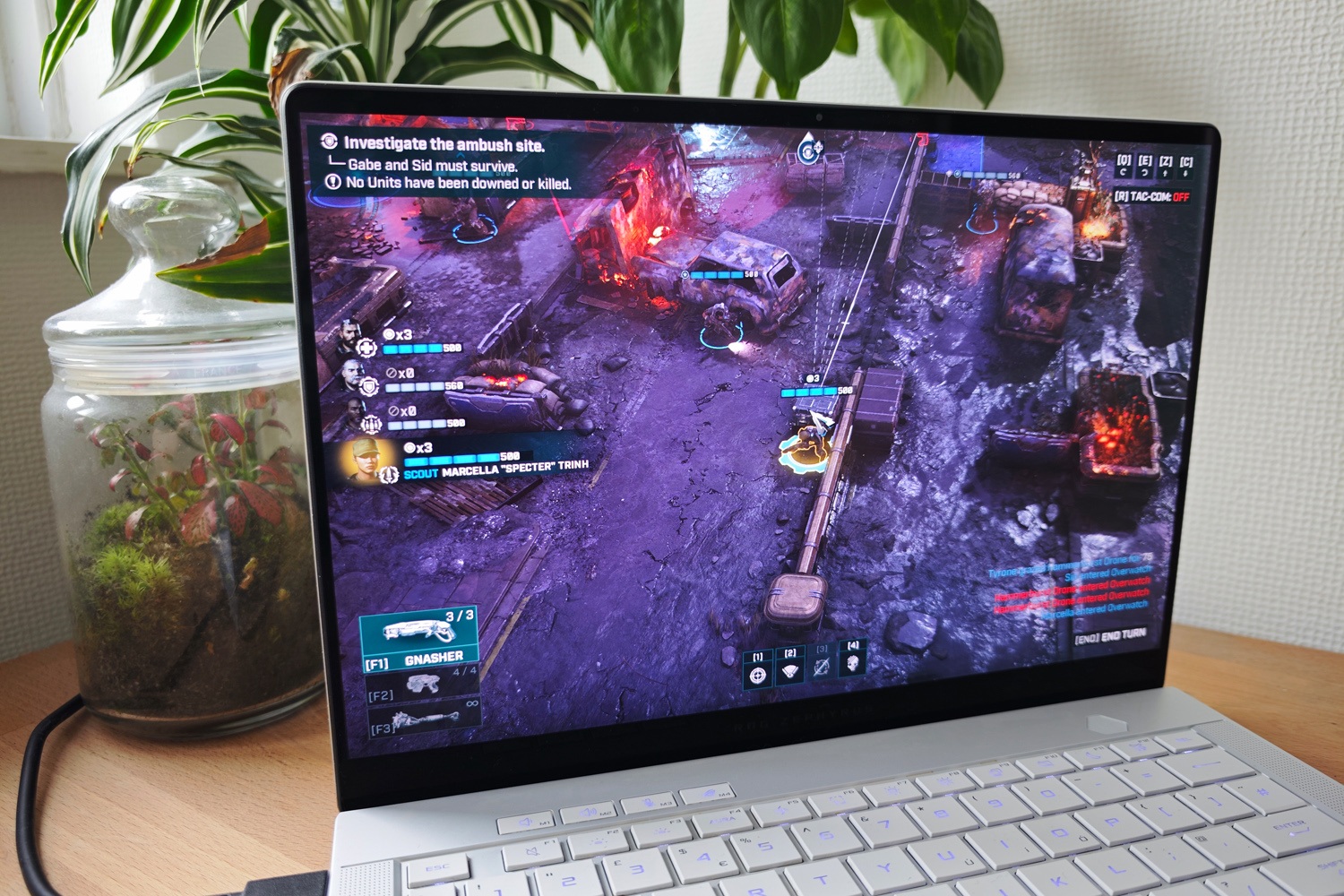
I saw 62.5fps in Gears Tactics at 1800p using the Ultra detail preset; this climbed to 110fps when swapping to 1920×1200. Counter Strike 2 averaged 100fps at native resolution, but reached 190fps at Full HD. Cyberpunk 2077 remains a monstrous challenge for any GPU, managing 41fps on Ultra at native resolution – and just 31fps with ray tracing, even after dropping to Full HD. A mix of DLSS, frame generation and G-sync can really help smooth out gameplay when frame rates aren’t huge. If you want more power, the larger Zephyrus G16 can squeeze in an RTX 4080 or RTX 4090 if you’re so inclined – and have a suitably epic bank balance. If 14in is your size limit, I don’t think the 5-10% performance boost you’ll get from some rivals is enough to counter the rest of the G14’s excellent package.
Battery life is usually any gaming laptop’s Achilles’ heel, but the Zephyrus G14 put in a very solid showing. It can nudge north of ten hours when left to play a Full HD video at half screen brightness. That translates to roughly five or six hours of ‘regular’ daily use, or less if you’re pushing that processor a bit harder. It’s slightly ahead of other portable gaming notebooks I’ve tried lately, but not on par with premium ultraportables. And don’t expect to game on battery power for more than an hour or two.
I appreciate Asus including a 100W USB-C charger in the box as well as the larger 180W brick that uses the firm’s new connector. It meant I could leave one cable plugged in at home, and leave one in my bag for when I needed to work on the move. The latter is able to get you back up to 100% in just over an hour, and you can also game on it with a modest performance hit.
Asus ROG Zephyrus G14 (2024) verdict
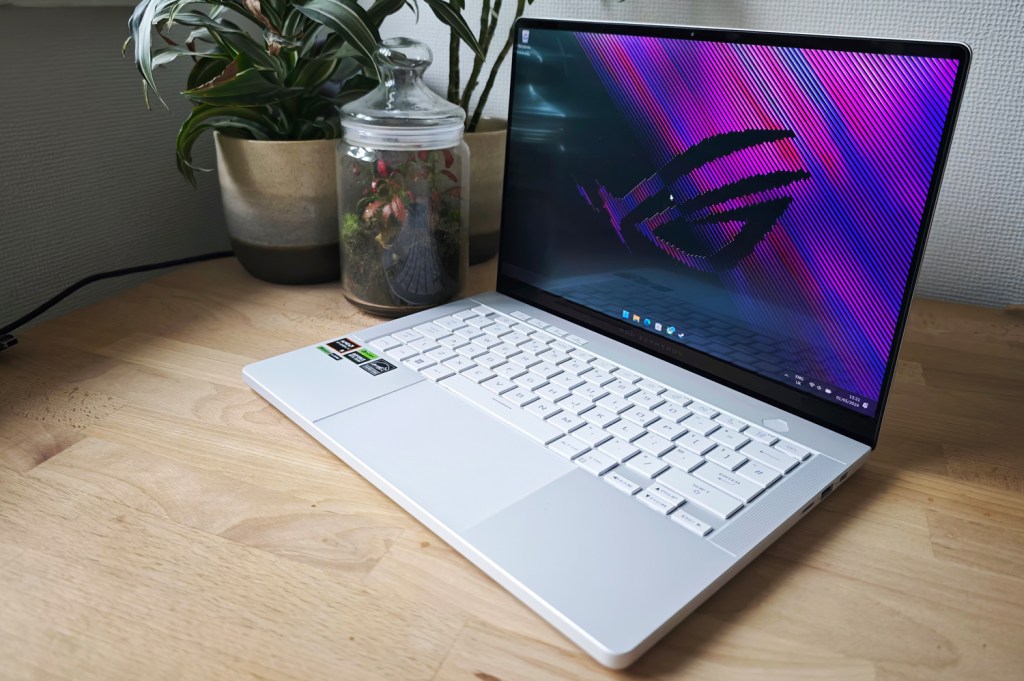
Asus isn’t first with an all-metal gaming ultraportable – Razer did that a few years back – but the Asus ROG Zephyrus G14 is the first I could see myself ditching my current computer for. It looks the business, is wonderfully compact, and has one of the best screens I’ve seen on a gaming laptop.
It isn’t cheap – but then neither is an M3 Pro-powered MacBook Pro 14in, and despite Apple’s efforts it’s simply nowhere near as good at games. Here you’re getting a thin and light laptop you can take just about anywhere, with enough gaming grunt to play just about any new release (with a few resolution and detail tweaks), and a battery that should last most of the day when it’s time to get work done. The OLED is really the icing on the cake.
Other compact gaming laptops are going to have to work hard to best this.
Stuff Says…
Incredibly thin, impressively powerful, instantly lovable. The Asus ROG Zephyrus G14 (2024) is a simply fantastic gaming ultraportable.
Pros
OLED display is a beauty
Serious amount of power in a small chassis
Great connectivity for an ultraportable
Cons
It’ll cost ya
GPU power limited compared to thicker rivals
Asus ROG Zephyrus G14 (2024) technical specifications
| Screen | 14in, 2880×1800 OLED w/ 120Hz, G-sync |
| CPU | AMD Ryzen 9 8945HS octa-core |
| Memory | 32GB RAM |
| Graphics | Nvidia GeForce RTX 4070 |
| Storage | 1TB PCIe Gen 4.0 NVMe SSD |
| Operating system | Windows 11 |
| Battery | 73Wh |
| Connectivity | HDMI 2.1, 1x USB 3.2 Gen 2 Type-C, 1x USB 3.2 Gen 2 Type A, 1x USB4 Type-C, microSD card reader, 3.5mm audio port |
| Dimensions | 311x220x14.9mm, 1.5kg |


